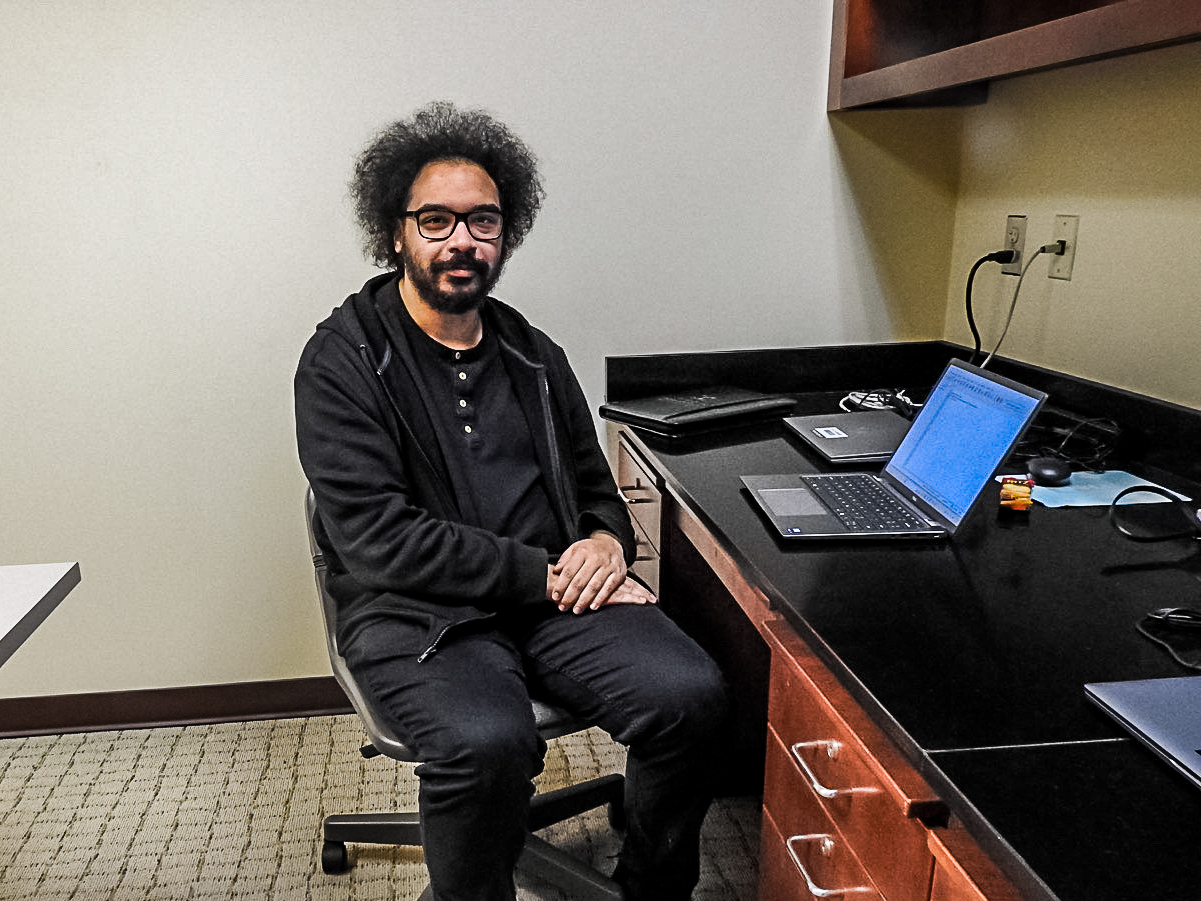Photo Illustration by Aaron Levenson ‘15

The renewal of the Lafayette College Healthcare Plan earlier this year raised premium costs for employees of the college, leaving many disgruntled at both the rise in price and the decision process to do so.
“I’ve been at Lafayette 14 years now, but if the cost increase happened while I was in my first few years at Lafayette I can say there is little chance that I would still be at Lafayette,” Head of Biology Robert Kurt said.
Capital Blue Cross, the college’s insurance provider, determined there would be a 13.3 percent increase in the price of healthcare for Lafayette employees, according to Director of Health Resources/Benefits Charles Crawford.
The coverage is ordered into five tiers: employee only, employee and child, employee and children, employee and spouse, and family, which has spouse and children included. There are subsidies paid for by the College for each of these tiers. The Office of Human Resources, with input from the Faculty Academic Policy Committee (FAP), decided to choose the plan option that increased premiums of the tiers with employees’ spouses on the Lafayette College Healthcare Plan. Those tiers included the employee and spouse tier and the family tier.
Many also felt the process in which the decision to divide up the 13.3 percent rise in costs among employees was unsatisfactory.
“The compensation committee that’s supposed to review [and] make recommendations about these things, wasn’t consulted,” Assistant Professor of English Christopher Phillips said.
A particular point of contention is that the burden fell on the spouses of employees covered by Lafayette insurance.
“It has made [my household’s] overall month to month budget a lot tighter, but also just that disposable income is pretty well gone for at least the next year’s cycle,” Phillips said.
The Faculty Compensation Committee (FCC), a separate committee that is charged to make recommendations on salaries and benefits to the Faculty Academic Policy Committee (FAP) and report its recommendations to the faculty, was not consulted in the decision to raise the prices of the premiums.
Phillips, a member of the FCC, was disappointed that the committee was not consulted in the process.
“I am on the faculty compensation committee (FCC), but the committee was not consulted or informed of the changes,” Kurt, who is also the chair of the FCC, said. “We learned about the changes to the cost at the same time everyone else on campus learned about it.”
After the administration finished their negotiations with Capital Blue Cross in late September, Human Resources met with FAP, the committee responsible for advising and working with the administration on significant matters of concern to the faculty, on October 10. It was the first of two meetings to present and discuss various options to distribute the 13.3 percent increase in healthcare costs among employees of the college.
“We were given a range of healthcare models and price structures to discuss with Vice President [Leslie] Muhlfelder and Mr. Crawford, and President Byerly and Provost Hill,” Chairwoman of FAP and Associate Professor of Spanish Michelle Geoffrion-Vinci said.
After discussion, the committee provided input on general price range and structures.
“This was the decision that was made by the president of the institution,” Geoffrion-Vinci said.
The employees of the college were notified of this change on November 18, the beginning of the open enrollment period which was extended from December 2 to December 9.
Many faculty members believe the process in choosing the most beneficial healthcare for employees was rushed.
“I think it was just one of these things where the decision got rushed and there could’ve been a couple of ways to check on this that weren’t followed up on,” Phillips said.
President Byerly agrees the decision to raise the cost of premiums for tiers that included spouses of employees on the plans was rushed.
“It’s a reasonable point,” Byerly said. “We could have done a better job in the administration to communicate this.
However, Crawford said the consultation with FAP and the process in choosing the healthcare plan from there, along with the open enrollment period, was typical.
Kurt said he would not have been able to keep his job if this increase in premium costs happened when he first started working at the College.
Steps to allow the FCC more input in the process are taking place. Two members of the FCC, including Robert Kurt, recently sat in on a conference call with the brokers that help to negotiate the health insurance plan for next year, Crawford said.
Although the faculty had representation in this decision-making process, the staff, who were also affected by this change, had significantly less, according to Phillips. However, Crawford stated that the union for secretarial and support staff of the college, Local No. 32, was consulted about the change in healthcare plans prior to the enrollment period.
“[The process is a] little less consultative with the union, I would say, than it is with FAP,” Crawford said.
According to Crawford, HR communicated the plan options to the union prior to open enrollment. The union contract is negotiated with the College and the contract covers topics such as health care coverage and plans.
Other than the union, there is little representation of staff to the administration.
“The staff did not have a voice,” Phillips said.




















































































































